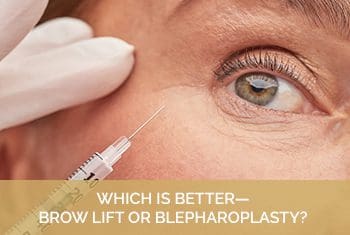In today’s society, conversations about body image often focus on women, but men face their own pressures too. One such topic, often shrouded in mystery and misconceptions, is penis enlargement. This blog post focuses on demystifying the subject, providing accurate information and a healthy approach to understanding penis enlargement.
Understanding Penis Enlargement
Penis enlargement involves techniques to increase penis size, driven by personal or societal factors. Historically, methods ranged from risky procedures to dubious products, but today both natural and medical options exist, each varying in effectiveness and safety. A healthy approach requires consulting healthcare professionals, understanding risks and benefits, and setting realistic expectations. It’s about both physical and emotional well-being.
Natural Methods for Enhanced Penile Function
Many men look for non-invasive methods to enhance their size. Natural methods include lifestyle changes and specific exercises, which can be effective when done consistently.
Lifestyle Changes
A balanced diet, regular exercise, and avoiding smoking and excessive alcohol can improve overall health and potentially enhance penile function.
- Balanced Diet: Foods rich in vitamins and minerals support vascular health, which is essential for penile health.
- Regular Exercise: Cardiovascular exercise improves blood flow, which can enhance erection quality.
- Avoiding Smoking and Alcohol: Both can negatively impact blood flow and erectile function.
Medical Interventions for Penis Enlargement
For those seeking more immediate or significant results, medical interventions are available. These range from non-surgical treatments to invasive surgeries.
Before considering medical interventions for penis enlargement, it’s crucial that candidates are in good overall health. This is because medical procedures can pose risks, and being in optimal health minimizes potential complications.
Non-Surgical Procedures
Non-surgical methods include injectables and vacuum devices, which offer temporary improvements with minimal risks.
- Injectables: Platelet-derived growth factor injections can increase girth and improve erectile function by utilizing the patient’s own blood, thereby minimizing side effects. These growth factors not only enhance collagen production but also promote the formation of new blood vessels and overall tissue repair. Widely used in other areas of plastic surgery, platelet-derived growth factors offer promising results in regenerative treatments.
- Vacuum Devices: These penis enlargers create a vacuum around the penis, drawing in blood and causing an erection. They are often used in conjunction with other treatments such as platelet-derived growth factor injections.
Surgical Options
Surgical procedures offer more permanent solutions but come with higher risks and costs.
- Penile Implants: These devices are surgically inserted to provide rigidity for erections. They are usually considered when other treatments fail.
- Penile Lengthening Surgery: This surgery involves cutting the suspensory ligament of the penis, allowing it to extend further. It is a complex procedure with significant recovery time.
Risks and Considerations
Surgical options carry risks such as infection, scarring, and loss of sensation. It’s crucial to have realistic expectations and discuss potential outcomes with a qualified surgeon.
Recovery Times: Comparing Non-Surgical and Surgical Procedures
When considering penis enlargement treatments, understanding the recovery times involved with both non-surgical and surgical procedures is crucial for making an informed decision.
Non-Surgical Procedures
Non-surgical methods, such as platelet-derived growth factor injections, offer shorter recovery times and minimal downtime. Since this treatment uses the patient’s own blood, recovery is faster than surgical procedures. Side effects may include bruising, temporary swelling, mild discomfort, and very rarely, infection. Patients can even resume physical activities, including sex, just four hours after the procedure is completed.
Vacuum devices need no recovery time as they’re non-invasive. Following injectable treatments, the use of vacuum erection devices is encouraged twice a day. Incorporating vacuum erection devices into the recovery process can help maintain the increased girth achieved by injectables.
Surgical Procedures
Surgical options require longer recovery. After penile implant surgery, swelling and discomfort last several weeks, with daily activities resuming in four to six weeks, and full recovery in a few months.
Penile lengthening surgery has a longer recovery, with initial healing in several weeks and final results taking six months to a year.
Consulting a board-certified plastic surgeon and approaching the topic with a well-informed perspective can lead to better outcomes.
If you’re considering penis enlargement or plastic surgery in Richmond, Va, we encourage you to schedule an appointment at Kitto Plastic Surgery to discuss your options. Explore other cosmetic procedures for men to ensure you’re making safe and informed decisions.






